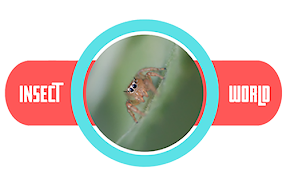 |
The striped lynx spider (Oxyopes salticus) is a species of spider belonging to the family Oxyopidae. Here are some details about the striped lynx spider:
Appearance:
Appearance:
- The striped lynx spider is relatively small, with females typically ranging from 6 to 10 mm in length, while males are slightly smaller.
- They are characterized by their elongated body and long, spiny legs.
- As the name suggests, they often have distinctive stripes on their abdomen, which can vary in color from brown to yellow or orange.
Habitat:
- Striped lynx spiders are commonly found in grassy areas, gardens, and shrubbery.
- They are well adapted to live on vegetation, where they use their keen eyesight to detect and pounce on prey.
Behavior:
- Lynx spiders are known for their excellent eyesight. They have large, forward-facing eyes, which gives them binocular vision.
- These spiders are agile hunters and use their keen eyesight and jumping abilities to catch prey. They don't build webs to capture food but actively hunt for insects and other small arthropods.
Reproduction:
- Female striped lynx spiders lay their eggs in silk sacs attached to vegetation. They guard the egg sac until the spiderlings hatch.
- After hatching, the spiderlings undergo several molts before reaching maturity.
Range:
- Striped lynx spiders are found in various parts of the world, including North and South America, Europe, Asia, and Africa.
Importance:
- Lynx spiders are beneficial to ecosystems as they help control insect populations by preying on various pests.
It's important to note that while these general characteristics apply to the striped lynx spider, specific details can vary among individuals and populations. Additionally, new information may have emerged since my last update in January 2022, so checking the latest scientific literature is recommended for the most current knowledge.

0 Comments